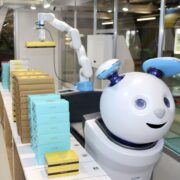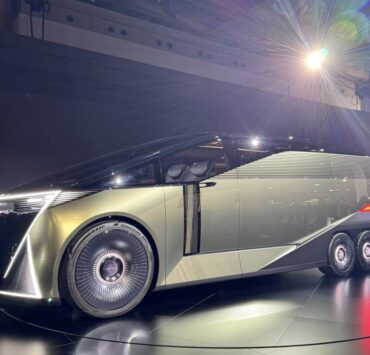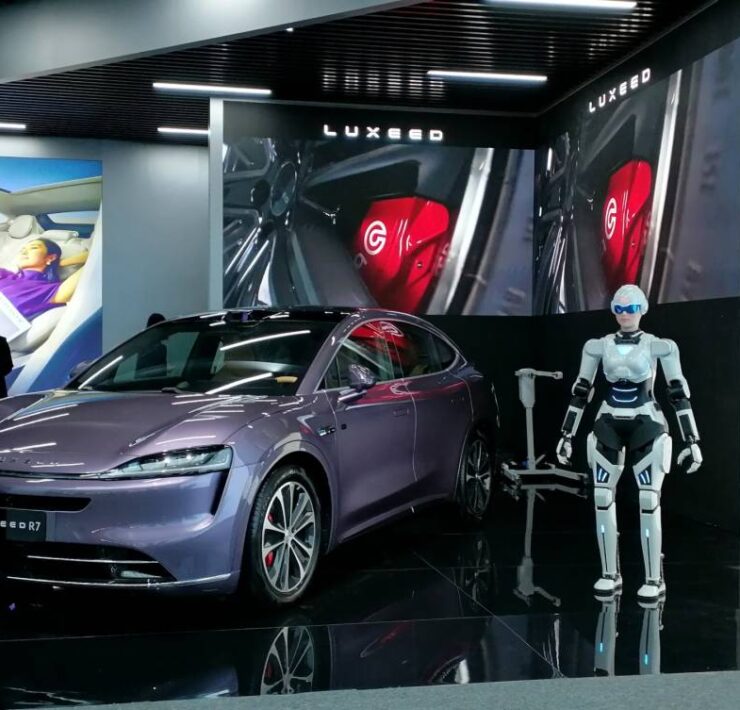No roads less taken: The R&D secrets of Toyota’s top engineers
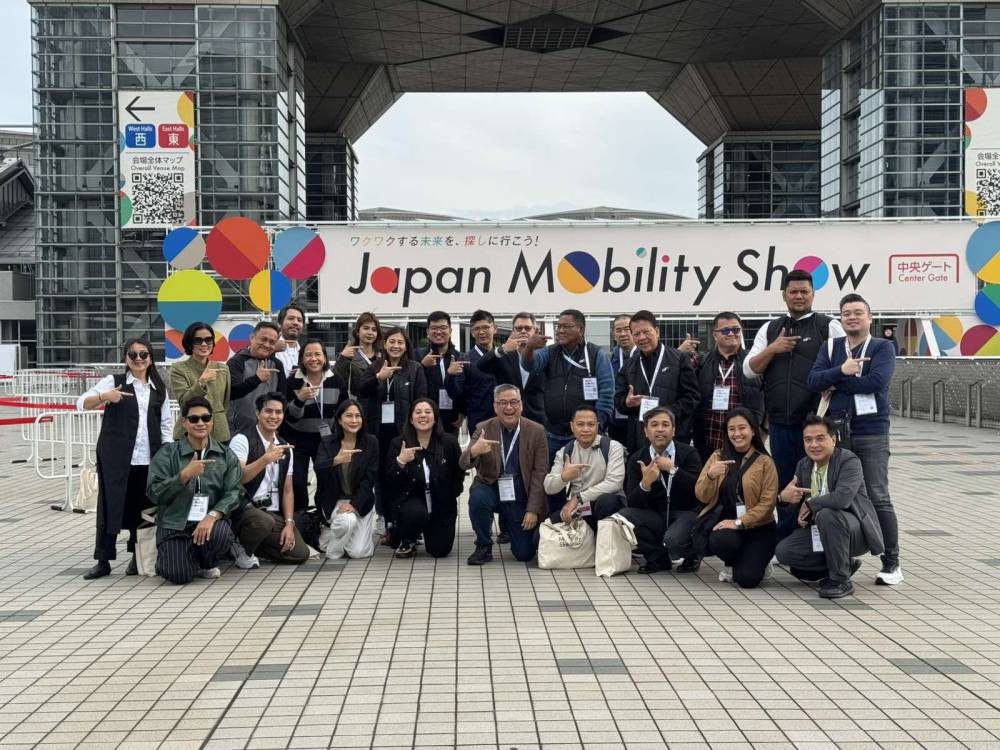
On Oct. 31 at the TFT Building, when the ongoing 2025 Japan Mobility Show at the Tokyo Big Sight had opened to the public, our group of motoring writers and content creators from all over Asia listened to a group of veteran Japanese engineers, all experts in their specialized fields, and working towards a shared goal of achieving carbon-neutral engineering, powertrain, hydrogen, and software development.
These people comprise the top technical leadership of Toyota Motor Corp, the “high-performing engines” propelling the carmaker’s multipathway strategy, doubling down and employing science to fortify Toyota’s standpoint that it would NOT narrow down its options under one single approach to a complex problem such as carbon neutrality. They stressed that they would keep developing various powertrains and seek out more energy sources.
A day before, on Oct 30, Toyota Motor Asia’s top executives discussed multiple energy sources, including flexi-fuel from biofuel, compressed natural gas, and other available biofuels for emission reduction and energy security.
The ‘multiverse of mobility’
I asked them about the immense cost and complexity of simultaneously developing all these new-energy technologies (such as battery EVs, fuel cell EVs, plug-in hybrid EVs, direct-burning hydrogen, carbon-neutral fuels) while fast-rising competitors (mainly from China) are focusing their resources on just one path: Electric vehicles (or EVs and hybrids). Aren’t they spreading themselves too thin?
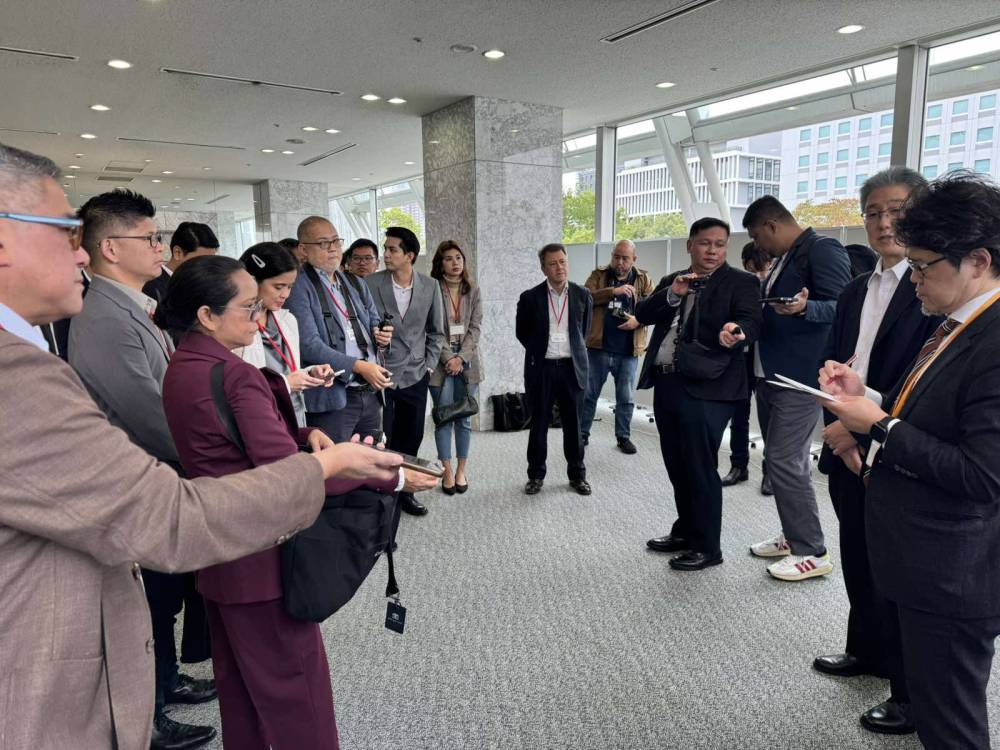
Toyota’s chief technology officer Hiroki Nakajima replied, “There’s no typical answer to this question. Looking 10 or 20 years from now we cannot predict what the world would be like at the time, therefore, it’s very important for us to get ready for many scenarios.”
Nakajima continued: “Nobody paid attention to hybrid technology, but now it has become one of the most popular vehicles. Looking at the hydrogen engine, our chairman (Akio Toyoda), under the name Morizo, has been racing with a hydrogen vehicle. Our development team had almost given up on this hydrogen engine. But before giving up, I thought we would let Morizo drive the car, and Morizo found it interesting (enough) that the hydrogen project should continue. We didn’t give up. Instead of thinking of whether this would be successful in the future, we are focusing on the current situation.
“We need to get ready for any future option. We need to make sure to provide attractive vehicles so that we can get a good amount of revenue. Once we secure the revenue, we can spend that amount of money for our development activities. In order to develop better cars, we need to make money. By providing ever better vehicles we would like to bring in more revenue and once we bring in more revenue, we can spend more money for R&D that we could use for future customers.”
Then the discussion got even more specific. In particular, the engineers talked about a “very special yeast” producing “cellulosic ethanol.” They disclosed that they were dabbling in fermentation technology, albeit still in the R&D stage. What this means is that Toyota might soon produce biofuel from non-food materials or (non-edible) plants, thus making bio-fuels more available in greater quantities in more countries.
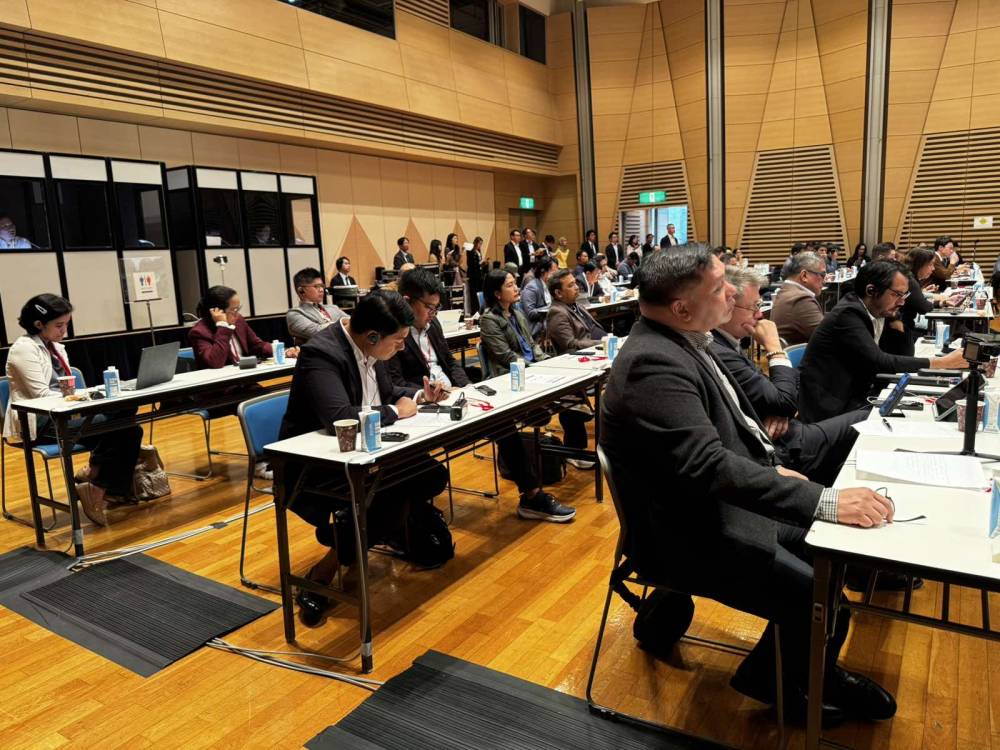
There’s a solid logic behind this. Biofuels have always been tied up with staple grains, animal and food waste, thus the quantities of bio-fuels produced this way are heavily dependent on waste availability and grains surplus after these food staples are allocated for human and animal consumption. These are quite limiting when it comes to meeting global fuel demands. So when Toyota hints at developing bio-fuel from non-edible sources, this could truly be a game changer in terms of biofuel global supplies.
I remember reading about Toyota’s cellulosic ethanol more than a decade ago. A science item from TMC focuses on this process, which derives cellulosic ethanol from non-edible plants that have significantly less impact on world food supplies. There are various processes involved in producing this type of ethanol, including yeast fermentation, and all of these are being explored, stressed the engineers.
If there are still Doubting Thomases when it comes to Toyota’s multi-pathway approach, consider the carmaker’s long history with hybrids. Toyota began exploring hybrid technology in the late 1960s, way before it was fashionable, or even necessary, to do so. This eventually led to Toyota introducing the world’s first mass-produced hybrid for commercial sale, the Prius, in 1997, and the rest is hybrid history.
Where others bring cars because there’s a road, Toyota builds the road itself so that its own cars would take them and flourish. That’s how far into the woods this global juggernaut sees.








